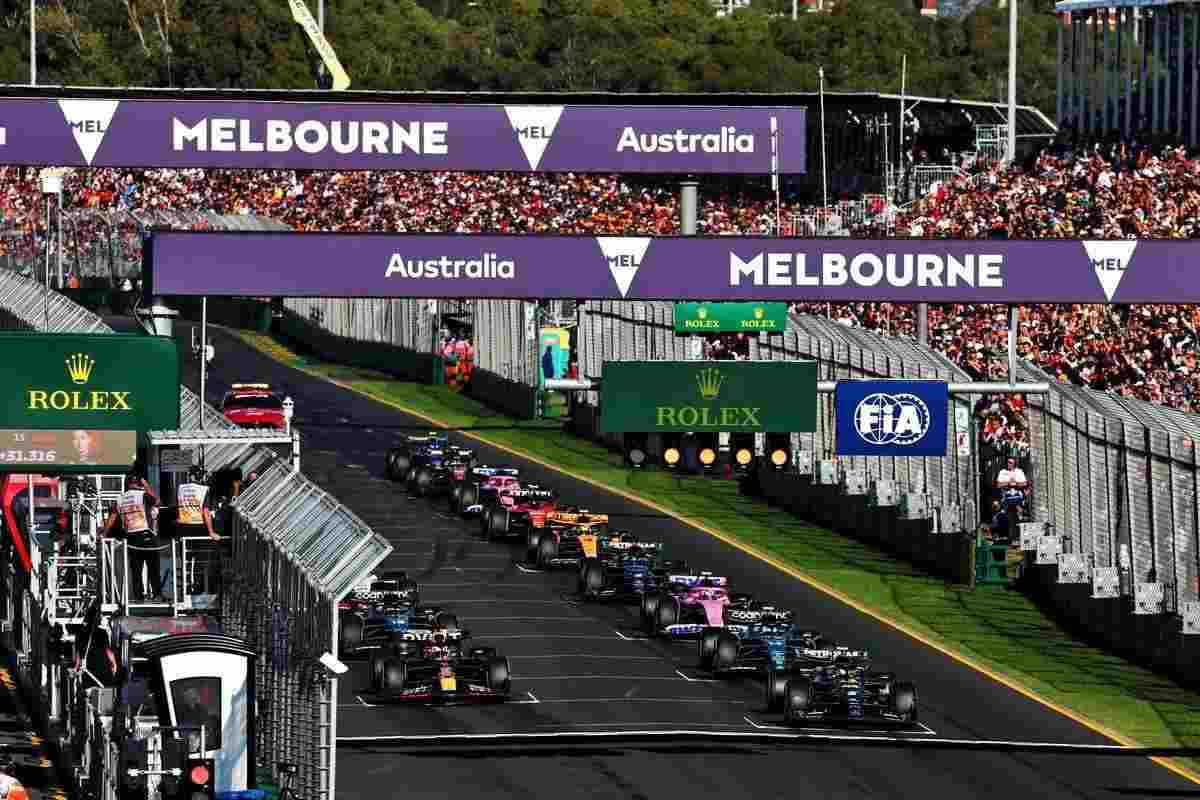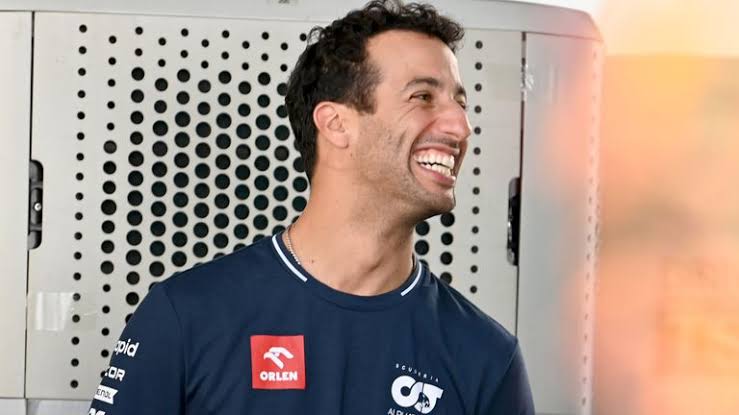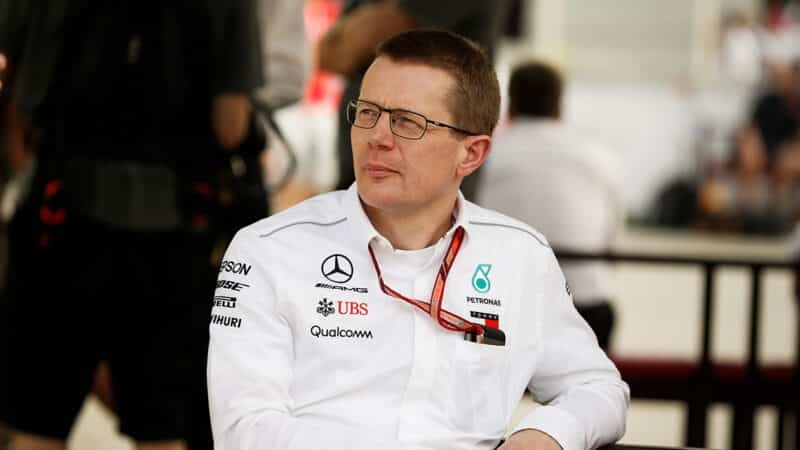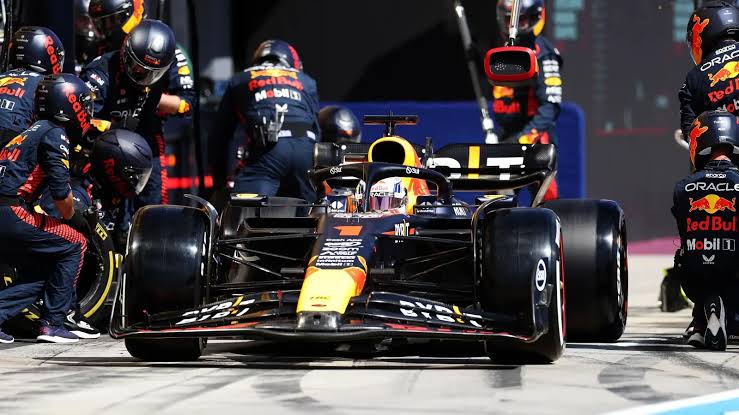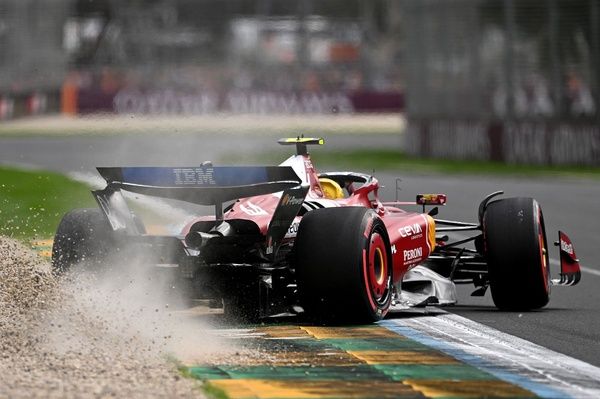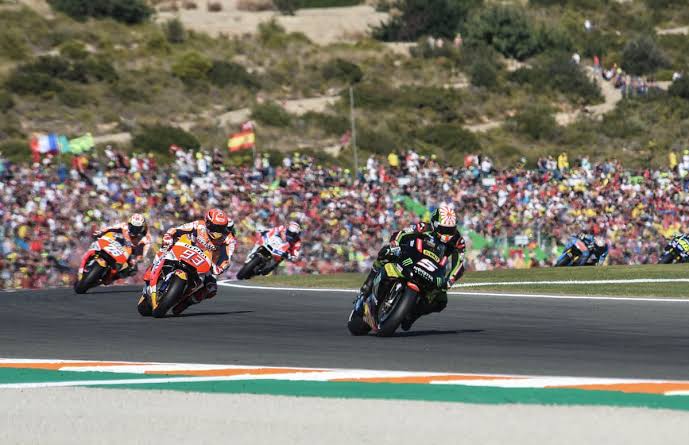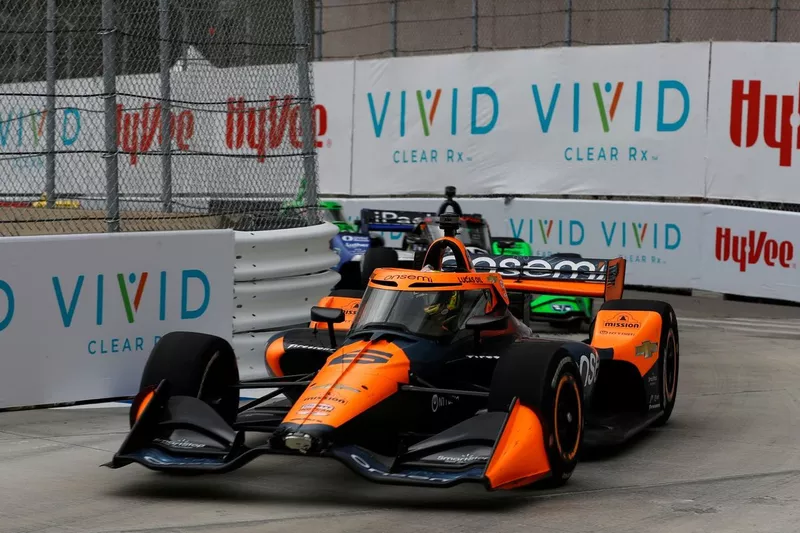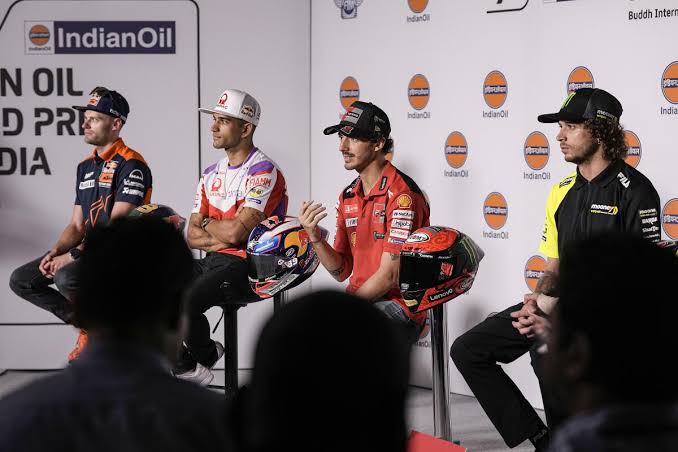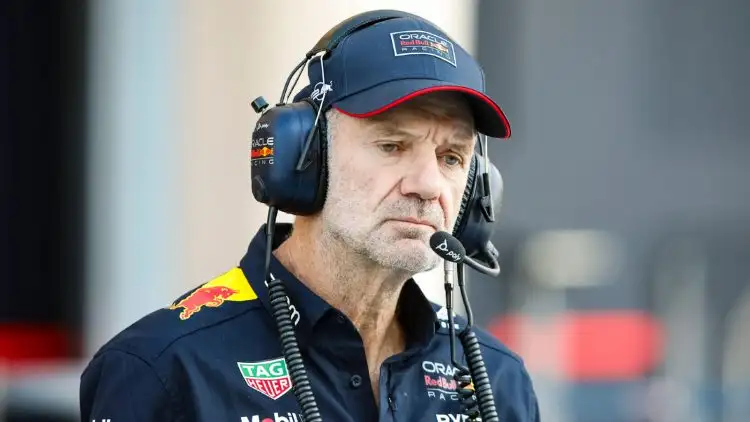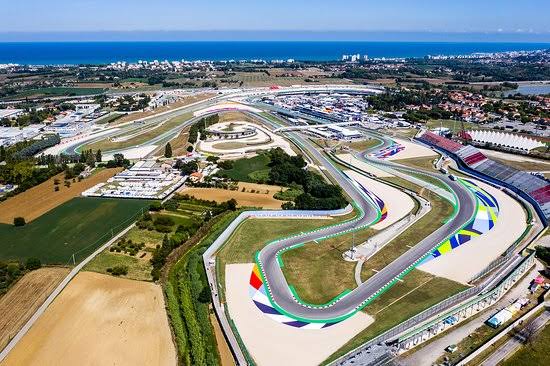Why the Australian Grand Prix Won’t Be Turning Into A Night Race Anytime Soon
As Formula 1 fans eagerly anticipate each new season, there’s always buzz around potential changes to the race formats. One idea that has gained traction over the years is the possibility of turning the Australian Grand Prix in Melbourne into a night race. The excitement of witnessing the stunning cityscape under lights, similar to the dazzling night sessions at tennis’ Australian Open, has certainly sparked interest among fans, especially in Europe. However, Australian Grand Prix CEO, Travis Auld, recently put these rumors to rest, reaffirming that the event will remain a daytime spectacle for the foreseeable future. But what’s behind this decision, and why is the daytime race at Albert Park still working so well? Let’s take a deeper look.
The Unique Charm of Albert Park
The Australian Grand Prix at Melbourne’s Albert Park is a beloved fixture on the Formula 1 calendar. The event has long been heralded for its unique backdrop – a combination of green parkland, lakes, and the urban landscape of Melbourne itself. This combination creates a distinctive atmosphere that fans around the world cherish. The 3pm local start time, which works well for Australian and Asian viewers, is a key factor in maintaining this unique charm. The natural daylight provides an excellent visual experience, allowing fans to enjoy the full beauty of the circuit and its surroundings.
While night races like those in Singapore and Bahrain have garnered attention for their spectacular lighting and dramatic flair, Albert Park’s daylight setting remains a significant part of its identity. The view of Melbourne’s skyline, paired with the liveliness of the city’s vibe, helps set the Australian Grand Prix apart from the other races on the calendar.
The Fans’ Perspective: Local and International Considerations
One of the main discussions around moving the Australian Grand Prix to a night race stems from the time difference for European fans. With the current 3pm local time start, fans in the UK and other parts of Europe must wake up in the early hours of the morning to watch the action live. For many, this creates a logistical challenge, especially when trying to balance work, sleep, and enjoying the race.
In the face of this challenge, some have proposed shifting the race to a night format, hoping to accommodate European viewers who prefer a more reasonable time slot. However, Auld points out that there is no immediate need for this change. The growing global nature of Formula 1, with races in Asia and the Americas, has helped to alleviate the pressure to make European-friendly adjustments. “As the calendar has grown and broadened, I’m not sure that’s the case as much anymore,” Auld remarked, indicating that the demands for an evening race are not as strong as they once were.
Moreover, the Australian Grand Prix has achieved remarkable success with its current scheduling. The 2023 event saw record-breaking attendance, with 465,498 fans turning up over the course of the weekend. This success is a testament to how well the event works in its current form. The local 3pm start time continues to draw massive crowds, showing that it resonates with the Australian audience and continues to appeal to F1 fans across Asia.
The Logistical Challenges of Shifting to a Night Race
While the idea of a night race in Melbourne sounds alluring, it is far from a simple change. Travis Auld emphasized the complexity of adjusting the race’s start time, stating that a variety of factors must be considered. From track scheduling to the impacts of daylight saving time, every decision requires careful evaluation.
For example, Melbourne’s weather and daylight hours vary throughout the year, making it difficult to choose a start time that would work universally. The low sun in the evenings can also create visibility issues, as was seen in previous races. These logistical hurdles make it clear that a shift to a night race is not as straightforward as it may seem.
Additionally, the shift to a night race would require substantial modifications to infrastructure, lighting, and broadcast logistics. While venues like the Singapore Grand Prix are equipped with stunning floodlighting, implementing similar setups in Melbourne would require significant investment and planning. Auld’s comments suggest that these considerations are not currently compelling enough to warrant a change.
The Future of the Australian Grand Prix: Stability and Growth
Looking ahead, the Australian Grand Prix is under contract with Formula 1 until 2037, ensuring that the event will remain a key fixture on the calendar for the next decade. This long-term commitment provides stability, and the focus for now is on preserving and enhancing the current event rather than making drastic changes.
Although Auld did not completely rule out the idea of a time change in the future, it seems unlikely that a night race will be a priority. With the event’s success in its current format and the logistical challenges of a night race, it seems that Albert Park will continue to be a daytime event for the foreseeable future.
The Role of International Fans and the Digital Age
While the 3pm local start time may not be ideal for European fans, the digital age has provided solutions to keep the global audience engaged. Streaming services and on-demand viewing allow international fans to catch the race at a time that suits them, regardless of the time zone difference. These platforms have made it easier for F1 to cater to a global audience without needing to change the race schedule.
Moreover, the F1 calendar itself has expanded to include more races in time zones that better serve European fans, ensuring that there’s a wide range of race times throughout the season. As the global fanbase continues to grow, it’s crucial for F1 to balance the needs of different audiences, and shifting the Australian Grand Prix to a night race may not be the most effective solution.
Conclusion
While the idea of a night race in Melbourne has its appeal, especially for European fans looking for a more convenient start time, the Australian Grand Prix at Albert Park will remain a daytime event for the foreseeable future. With a loyal and enthusiastic fanbase, a stunning setting, and a race schedule that works well for the majority of viewers, there’s little incentive to change what’s already working so well. As F1 continues to expand and evolve, the Australian Grand Prix will likely remain a beloved staple of the sport, with its unique charm intact.
Stay tuned to our blog for more updates on Formula 1 and other exciting sports events. For a deeper dive into the strategies behind successful sports events, check out our article on maximizing fan engagement during major sporting events.
